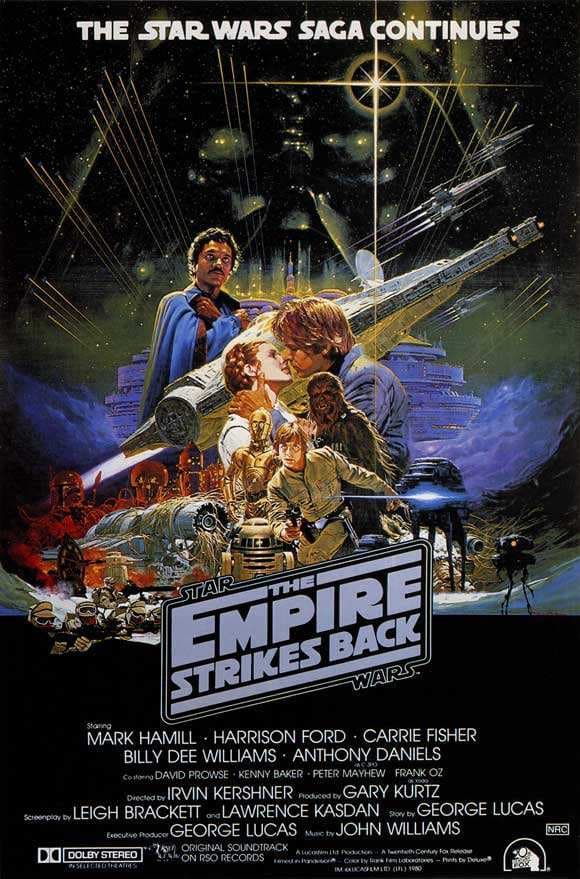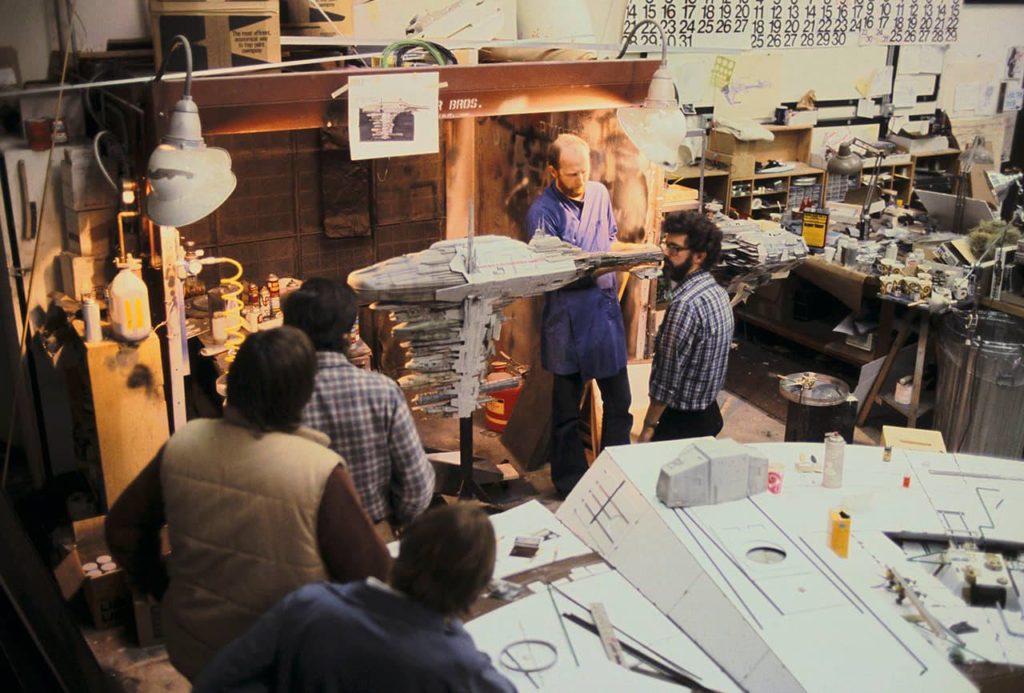As Star Wars fans well know, creator George Lucas is a bit of a perfectionist when it comes to his much-beloved space opera, and his either love them or hate them changes he made to the original trilogy with the special editions back in 1997. And later the prequel trilogy as well (I rather enjoy most of the changes though admittedly the kid in me does miss Lapti Nek, and Yub Nub from Return of the Jedi). What some of those fans might not remember or realize is that the special edition wasn’t the first time George had altered or changed his masterpieces after they had been screened for the public.

Today marks the 40th anniversary of the opening The Empire Strikes back in its initial release on just 127 screens in 70 MM around the country. And the film that those people saw on 5/21/1980 ended slightly differently than it did when it opened wide around the country several weeks later in June 1980.
The official Star Wars website has been commemorating this milestone all this week, with some fascinating stories about the much-loved sequel. One of those stories delves into the now-forgotten last-minute changes made to Empire’s original ending after it had already begun playing in theatres.

Some last-minute changes to the ending of the Empire Strikes Back, which features interviews conducted by “Star Wars The making of The Empire Strikes Back by writer JW Rinzler. George Lucas called up Tom Smith, who at the time was the general manager for Industrial Light & Magic, saying, “I don’t wanna tell you this. We need some more shots for Empire.”, Tom figured
Surely George was joking since the movie was already screening in theatres. However, as George explained, “No, no, no,” “it’s not in ALL the theaters.”
The changes were meant to clean up the final scene of the film, specifically clearing up where all the heroes are in relation to each other, be it on the Falcon or the rebel medical frigate. George felt there would be confusion in the audience’s mind on this. So, in addition to reaching out to Tom Smith, he also reached out to other key ILM crew who worked on Empire, including Ken Ralston and Joe Johnston. Some of who also felt surely George was joking. The changes boiled down to the addition of 3 new shots that George wanted to have created in the weeks leading up to the wider release of the film into more theatres. These shots required new models and animatics and dialogue to be created and added in a very short window of time, to which the ILM team not only felt up to the gigantic task, but they pulled it off successfully, helping to tighten up an already terrific film.

One of the interesting things to note from both the interview and the book is that ESB director, Irvin Kirshner, was kept in the dark about the changes being made. Also of note is that while changes were made visually and audibly to clarify things for audiences better, the final shot is exactly the same on both the original 70 mm release and the modified release that came out that June.
Like the subtle changes done mid release with Star Wars, and Return of the Jedi, The Empire Strikes Back changes are mostly overshadowed today by ongoing alterations that occurred with the 1997 special editions and subsequent DVD, Bluray, UHD, and Streaming platform releases. But looking back on them now, they give a great early look into the ongoing film making process that has become a trademark of the original and prequel trilogies.

